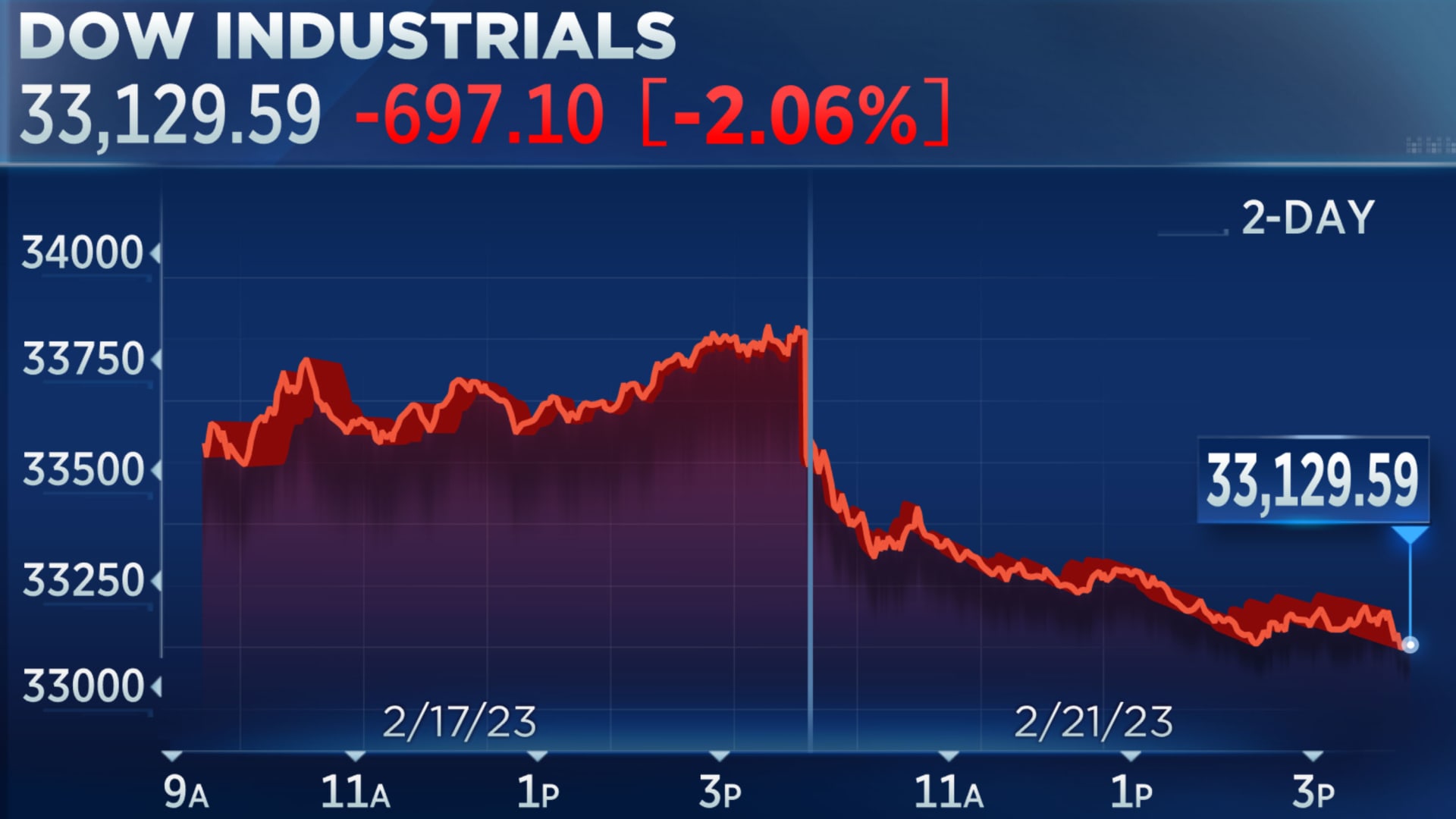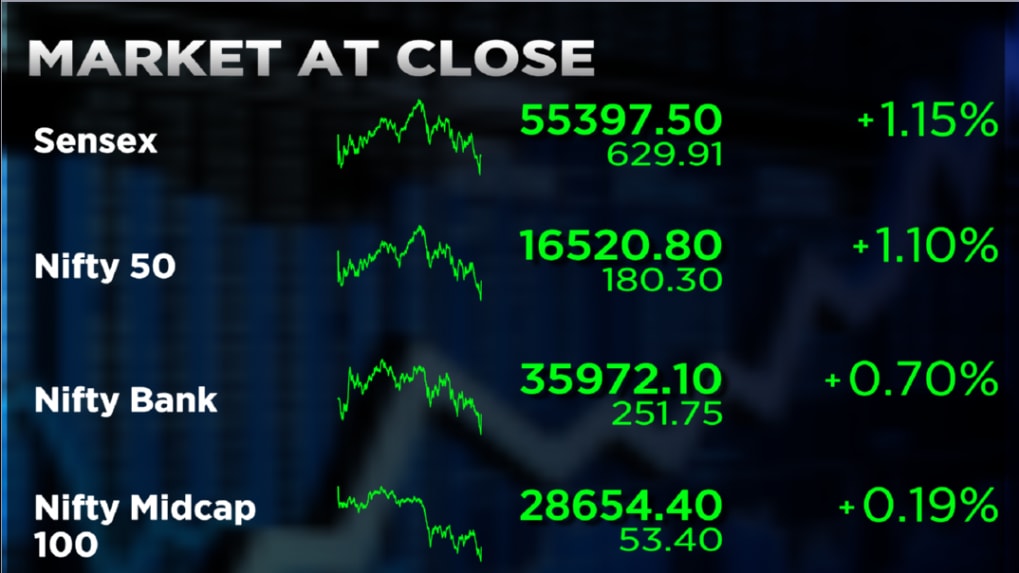Why Did the Stock Market Surge Today?
Markets do not jump with no reason. When they do, it's often a mix of knowledge, belief, and timing. Here is a obvious breakdown of the drivers that an average of push indexes larger in one session— and how to how to invest in the stock market.

Strong economic data moved expectations
A confident surprise in key signals frequently sparks vast buying. Think along the lines of lower-than-expected inflation, stronger payroll development, or encouraging retail sales. For example, when inflation cools quicker than forecasts, investors value in a friendlier path for curiosity rates. That decreases discount rates on potential earnings, which has a tendency to carry valuations across sectors—specially development names.
Tip: View the big difference between real benefits and consensus estimates. Areas industry on shocks, not headlines.
Rate expectations shifted in favor of equities
Bond areas respond first, stocks follow. A dip in treasury yields signs that investors expect slower charge walks or potential cuts ahead. Decrease produces produce equities comparatively more appealing and lower credit charges for companies. You'll frequently see rate-sensitive sectors—technology, homebuilders, and utilities—cause on these days.
Example: A 10-year generate slipping 10–15 basis factors within hours often correlates with a powerful risk-on session.
Earnings beats restored confidence
When significant businesses report better-than-expected revenue and prices, it reassures investors that need is holding up and cost controls are working. Broad beats can induce small protecting and traction buying. Guidance matters just like much—raised outlooks tend to give rallies beyond just one day.
Hint: Check aggregate beat rates and forward advice commentary. One standout record assists; a bunch can reset sentiment.
Policy signals reduced uncertainty
Distinct interaction from policymakers can eliminate overhangs. Whether it's a stable plan way, development on fiscal negotiations, or understanding on rules, less uncertainty reduces the risk premium. Markets incentive predictability with higher multiples.
Case: A record emphasizing data dependence and financial stability frequently calms volatility and helps a bid for chance assets.
Technicals added fuel
Outbreaks above resistance degrees ask algorithmic and discretionary buying. When important indexes reclaim their 50-day or 200-day moving averages on high volume, sidelined money tends to re-enter. Short squeezes can amplify the transfer, especially in heavily shorted segments.
Hint: Couple technical signs with macro catalysts. A move that is equally technically established and fundamentally supported is more durable.
Sector leadership signaled breadth
Balanced surges display involvement beyond a small number of names. Look for advancing-to-declining stock ratios over 2: 1, increasing new peaks, and management from cyclicals like industrials and financials alongside development sectors. Strong breadth suggests the shift shows increasing fundamentals, not only hype.

Just how to use today's transfer: note the driver, determine whether it improvements your investment thesis, and regulate position shapes as opposed to pursuing price alone. If the drivers—chilling inflation, positive rate paths, resistant earnings, better policy, and strong technicals—persist, the energy may continue. When they disappear, expect consolidation. Stay disciplined, review your watchlist, and ready your next access with a plan.
Comments
Post a Comment